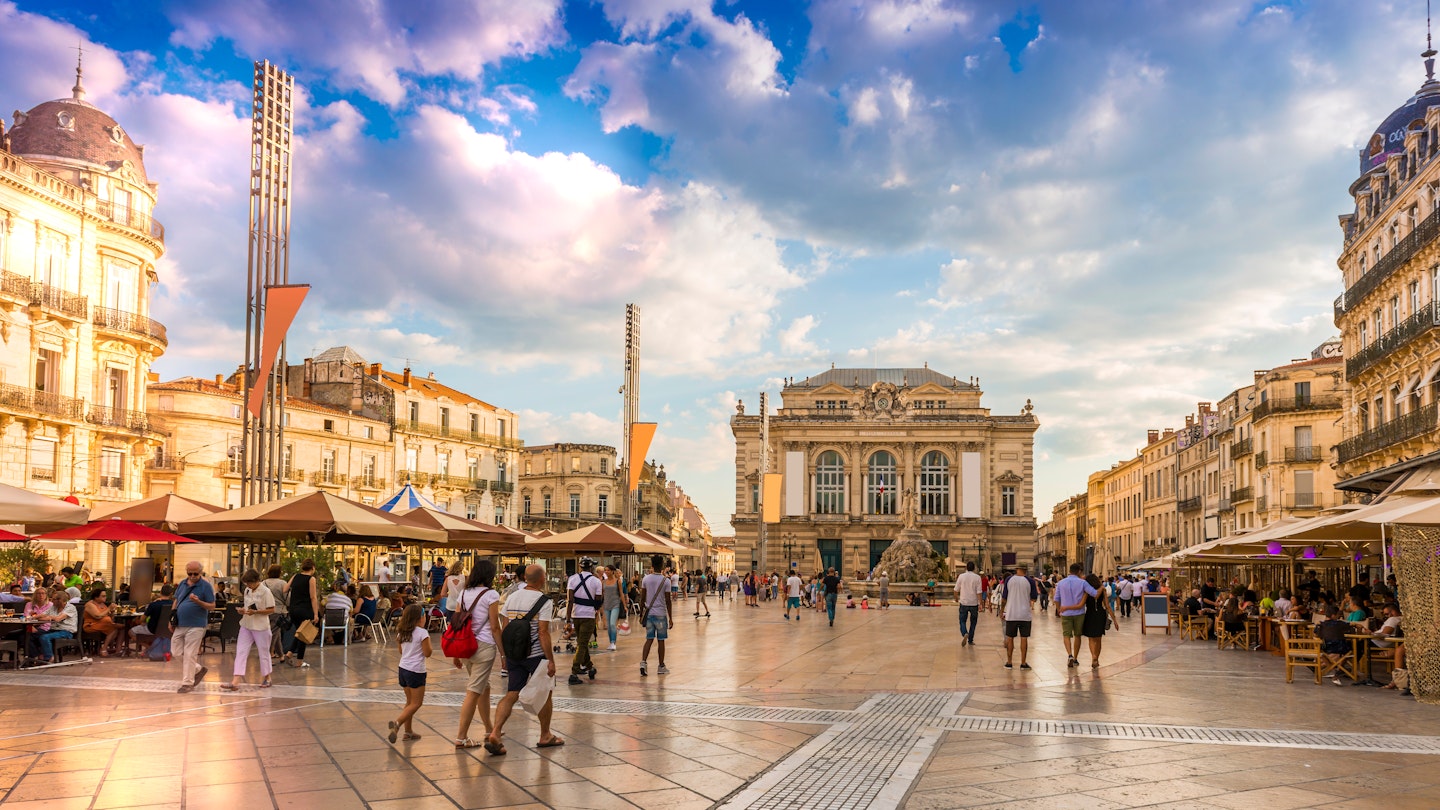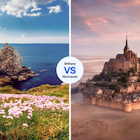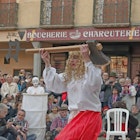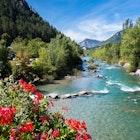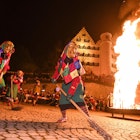Montpellier – nicknamed the surdouée, the wonder child – is a city that buzzes with life and Mediterranean light.
In its medieval glory days, Montpellier was a cosmopolitan center of trade and learning with influences from the Arab, Jewish and Christian worlds. But it slipped off the beaten track until the 1980s, when it changed from a sleepy town to one of France’s fastest-growing cities.
Now, its culture of technical innovation and universities – along with its fairly reliable sunshine – make it one of the most popular places to live in France. The simple pleasures of this stylish southern city let you easily slip into the Mediterranean good life, whether it's spending time in the terrace cafes and bars, plunging into the vibrant music and art scenes or heading out to the nearby sea.
Here are the best things to do in Montpellier.
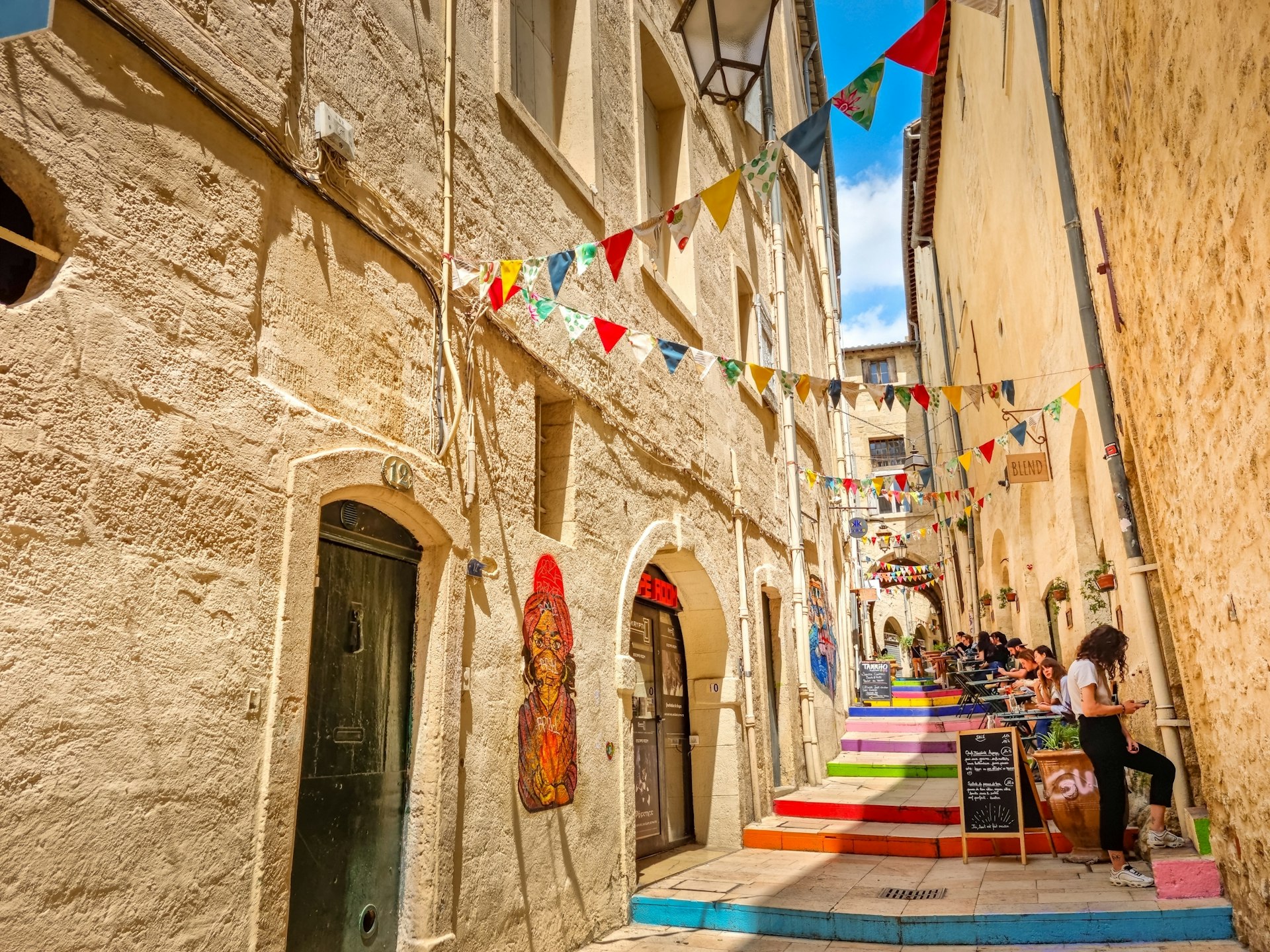
1. Explore the art and architecture along the city streets
The best way to start exploring Montpellier is on foot. To get a feel for the rich past of Montpellier, saunter through the Ecusson quartier, where even locals can get lost in the narrow streets with honey limestone walls, whorled balconies and carved marble heads from the Belle Epoque.
Enjoy the architecture of Cathédrale St-Pierre and the bustling rue de l’Université. Amongst this history, Montpellier’s walls display spectacular street art. Don’t miss the trompe l’oeil at place Edouard Adam. For those wishing to really see all the dozens of graffiti murals, bikes coming out of walls and space-invader mosaics, the tourist office does guided tours.
For a look at modern Montpellier, walk down through the faux ancient-Greek architecture of the Antigone neighborhood and then along the banks of the Lez river. Don’t miss the dramatic sculpture of the man and horse Orlando Furioso by exiled Catalan sculptor Apel·les Fenosa. Admire the dazzling Arbre Blanc building, with its balconies jutting out like leaves on a tree, and the eco-districts in Parc Marianne.
2. Visit the oldest medical school in Europe
In the medieval era, Montpellier became famous for its Faculty of Medicine, and today, it's the oldest still-operating medical school in Europe, situated inside an impressive Benedictine monastery and dating back more than 800 years.
You can take a guided tour, where you will learn about the history of medicine and teaching. In the entrance hall, admire the portraits of the most famous teachers, dating back centuries. Take a moment to hear about the famous people who studied there: Rabelais, in 1537, who wrote of sex, farts and the young giant Gargantua; Rondelet, who created the first anatomy amphitheater, where he demonstrated dissections; and Nostradamus, who was kicked out for disobedience.
Enjoy the lively atmosphere of today’s students and the impressive architecture, then explore the Conservatory of Anatomy, with its 5000 anatomical pieces and waxes showing medical progress from the last 200 years.
Detour: For those fascinated by the predictions of Nostradamus, seek out the Tour des Pins, one of the two remaining 12th-century fortified towers. As the legend goes, two pines grew on top of this tower near the medical school, and Nostradamus predicted that the day the two pines died, so too would Montpellier. Luckily, Montpellier still exists, even though the trees do not. The tower also served as a refuge for Catholics fleeing Protestants in the 16th century and a prison during the Revolution in 1789.
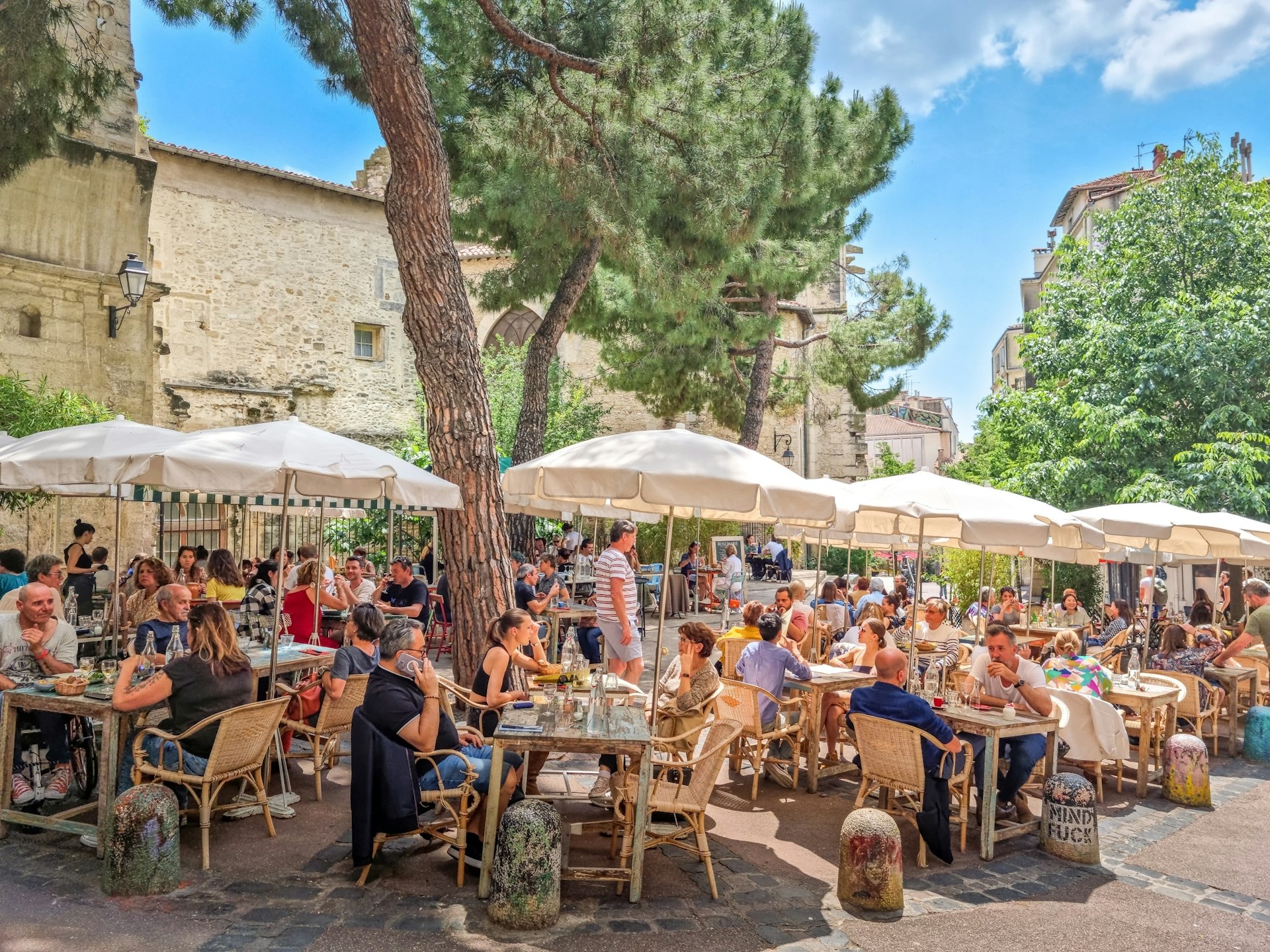
3. Linger with a coffee in Montpellier’s squares
Locals often spend hours at a pavement terrace in one of the many squares dotted across the city. Each square has its own character and a different clientele, so sit back and enjoy some people-watching under the sun.
For a square buzzing with activity, choose one of the cafes on the Place de la Comédie. Watch the shoppers and flâneurs meet beside the fountain of the Three Graces. Lift your head to see the Haussmannian architecture and the facade of the Gaumont cinema with grapevine insignia – Montpellier’s source of wealth in the 19th century.
A quieter option for a coffee is in the place de la Canourgue, in the shade of its tall trees, where unhurried locals sit and read the morning newspaper. To feel part of everyday life, head to the cafe Les Salins, just off Plan Cabanes, where you can watch people whizzing to work on bikes and shoppers at the local pavement market.
4. See the city's North African culture
Montpellier has been home to a large Muslim population since the 1960s, and you can enjoy the many North African influences right in the city center.
Walk up the cours Gambetta, past shops selling eclectic collections of spices and clay tagine dishes. Stock up on delicious baklava and date makroutes at the Delices de Carthage, then drink a mint tea in the sun at one of the many cafes around Plan Cabanes. During Ramadan, once the sun has set, walk the streets around Figuerolles and smell the spices of the food on the makeshift tables in the street.
With this immigration has come traditional gnawa music from Morocco. Look out for bands specializing in this hypnotic music at Délirium cafe on the place Salengro.
Detour: To explore more, take the tram to the end of the line to visit the Mosson district, home to a bustling market on Tuesdays, Fridays and Saturdays and the famous Sunday flea market.
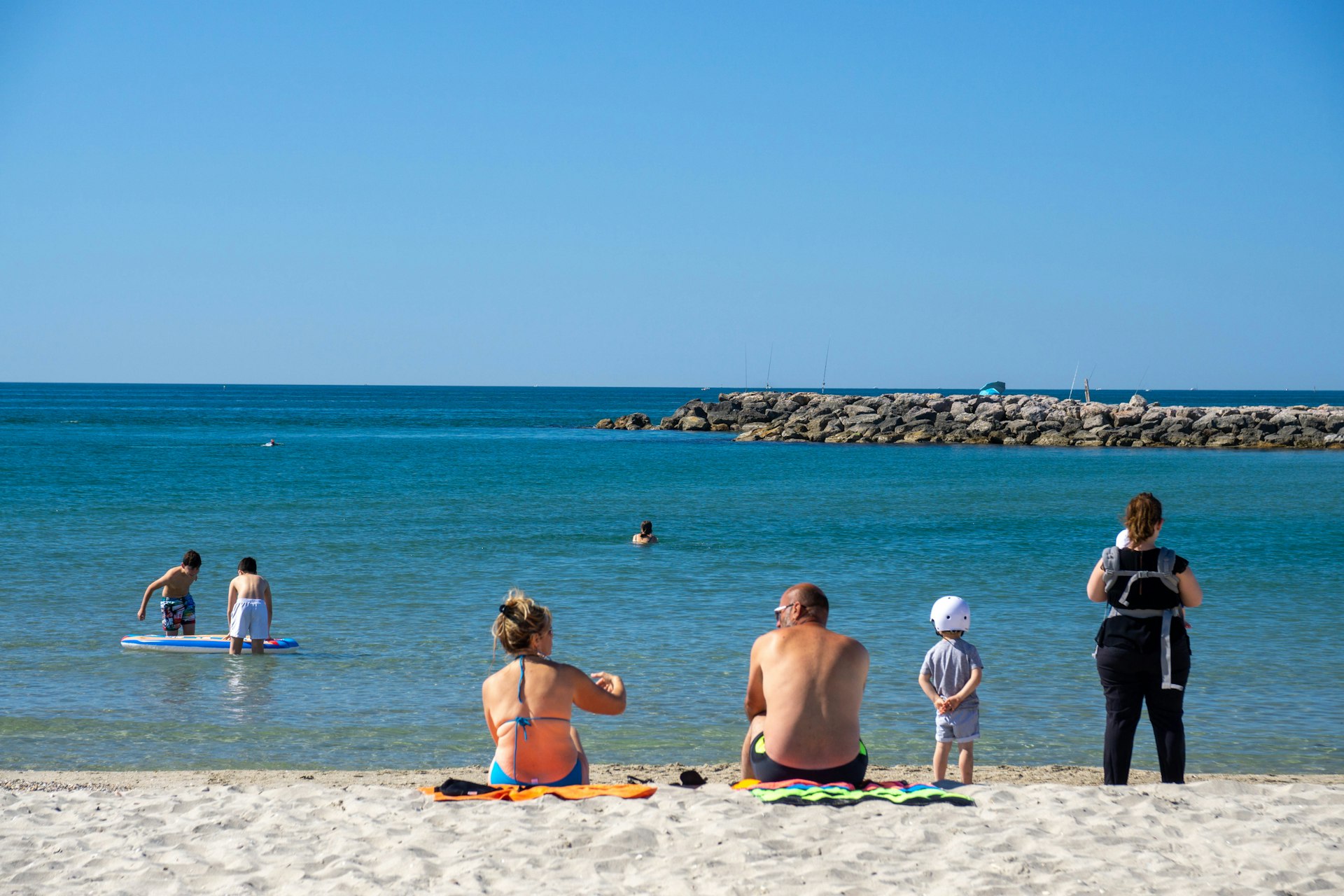
5. Cycle to the beach for a splash
Hire a bike at one of the Vélomagg stations and cycle out to the nearby beaches. Start in Port Marianne for a 12km (7 miles) trip one way to Palavas. It is a great ride on a (mostly flat) path following the Lez river. The last stretch is beside the sparkling waters of the Méjean lagoon – look out for the vibrant pink of wading flamingos.
Choose between the beaches on either side of Palavas itself or cycle another 5km (3 miles) to the wilder Prévost beach between Palavas and Villeneuve-lès-Maguelone. The first part of the beach is mainly nudist, but further along, it is for both the clothed and unclothed.
Local tip: Taking a bike or tram to the beach is a good option in summer when it gets busy, and parking is hard to find. You can take your bike on the tram if you get tired and want an easy ride home. Beware that cycling is much more challenging on days when the wind is strong.
6. Shop for local food at the Arceaux market
Open every Tuesday and Saturday morning, the marché des Arceaux is Montpellier’s biggest food market and an institution for locals, who go there for the freshest produce from the region and to bump into friends for long pavement chats.
The market is under the impressive 18th-century St-Clément aqueduct and is always busy, with buskers and a passionate mint-tea seller who pushes a mobile tea stall through the crowd. Get a taste of the Mediterranean with tielle, the famous octopus pie from nearby Sète, or brandade, a smooth mix of dried cod, olive oil and potatoes. Enjoy oysters sourced from the nearby Thau lagoon, and don’t miss pelardon, the region’s creamy goat cheese.
Local tip: The market gets packed in summer, so head there early in the morning if you don’t like crowds. Draw the moment out with a picnic on the grass in nearby Promenade du Peyrou.
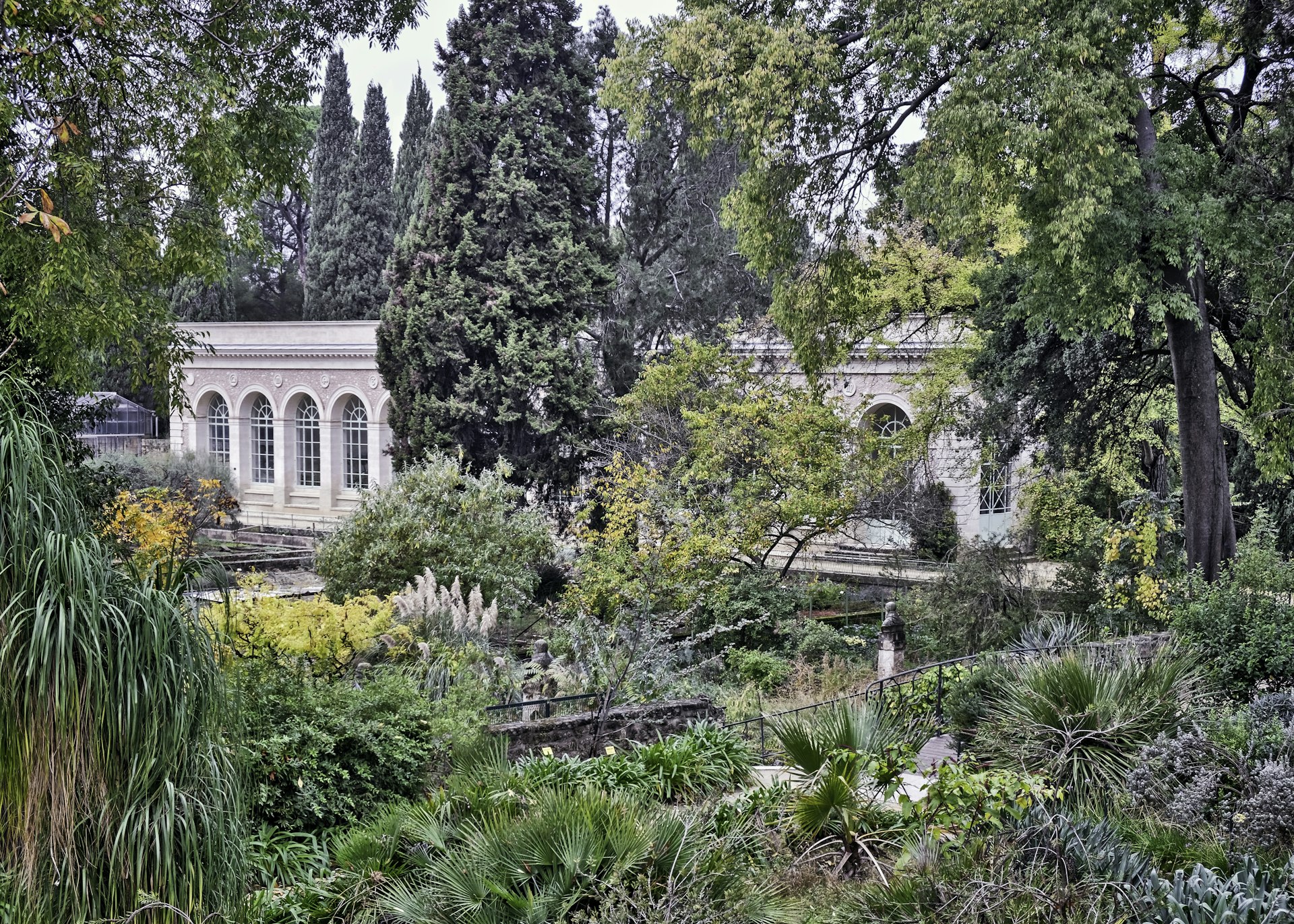
7. Relax in the Jardin des Plantes
Wander down the paths of the Jardin des Plantes, France’s oldest botanical garden, a 5-hectare space that was created in 1593 as a scientific garden to support the research of the medical university. It’s a favorite of botanists, students, lovers, scientists and travelers and a delight through all the seasons.
As you walk past the towering bamboo grove, dream beside the lotus pond and admire the giant cactus, it’s easy to forget you are in the center of the city. Don’t miss the wishing tree with its bits of paper holding dreams.
8. Watch the setting sun from Place Royale du Peyrou
This public garden and esplanade is a favorite spot for locals and tourists at any time of the day. But the best time is in the evening, when the monuments are bathed in golden light, and the air is filled with the sounds of students playing guitars, the clack-clack of people playing pétanque, families talking in the evening air, skateboards and the music of capoeira dancers.
From Peyrou, look north and enjoy the views out onto the Cévennes hills and the line of impressive monuments down through the promenade, including a towering statue of Louis XIV on horseback. Pass through the gates flanked by statues of lions and angels to stand under Montpellier’s version of the Arc de Triomphe, the Porte du Peyrou, which leads toward the central city.
9. Catch a live show
Despite its small size, Montpellier has an active live arts scene, with dozens of venues across the city and a choice of several concerts and shows every night. To see what’s on, pick up a copy of Mama Sound, the guide for all concerts, or check the listings online.
Two opera houses in the center offer shows for opera and classical music lovers. Check out upcoming local bands in low-key bars like Black Out and the noisy and chaotic Délirium, and head to the Jam, a music school, for jazz concerts and world music. The Gazette Café has music every night of the week, including swing on Thursdays. For those looking for late-night DJs, see the Rockstore. La Halle Tropisme mixes a conference center with co-working, cooking experiments, food trucks, clubbing, debates and after-work events.
There is also an active scene of neo-Occitan music in and around Montpellier, with groups who sing in Occitan to promote the revival of the language. Look out for the artists Lo Barrut and L’Âne Solo.
Montpellier’s eight theaters, including Théâtre Jean Vilar and Domaine d’O, stage a range of circus shows, and lovers of dance can check out the agenda of Montpellier Danse, which welcomes international performers.
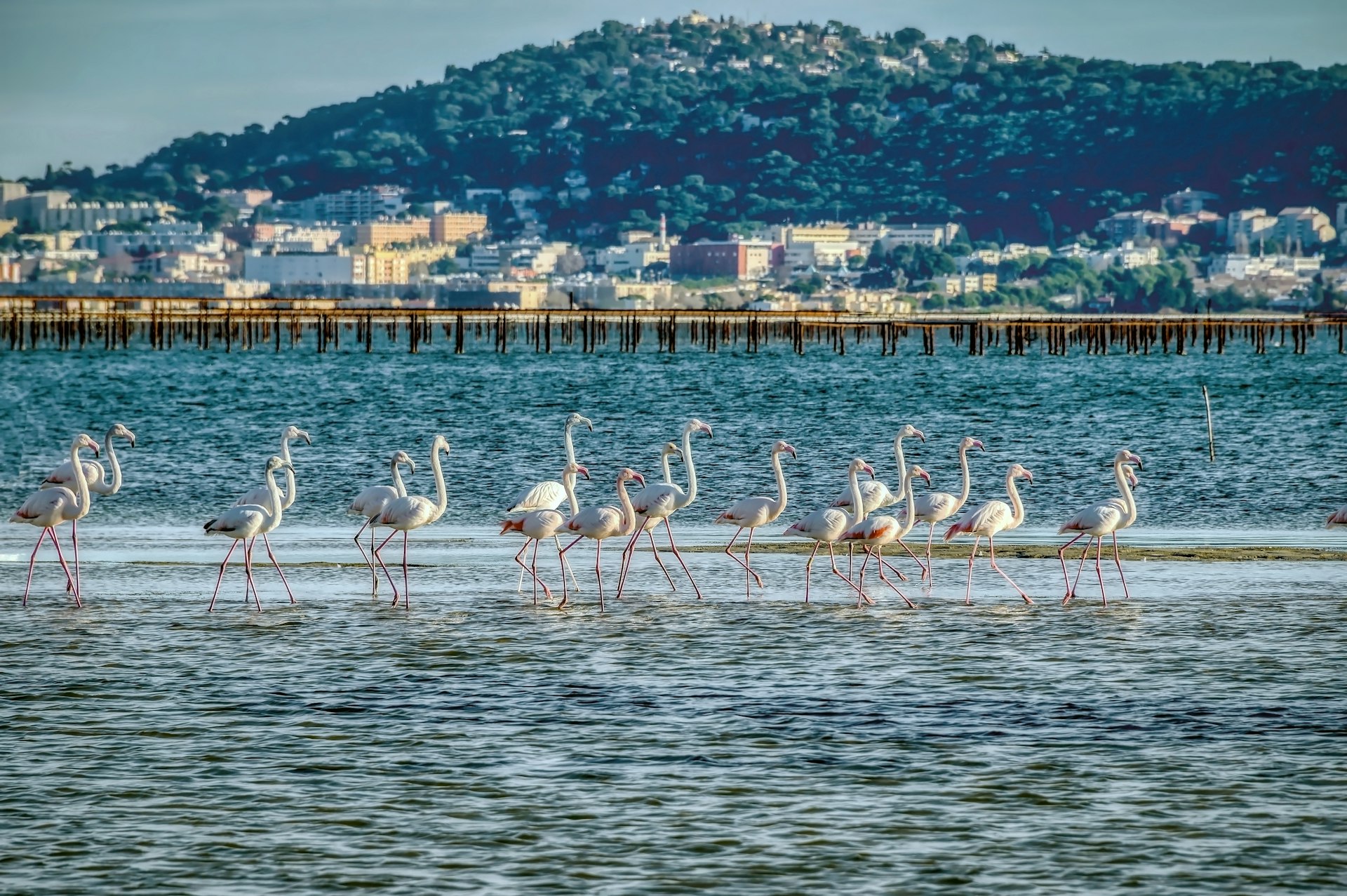
10. Hit the water of the lagoons at Étang de Thau
Just south of Montpellier are the sparkling blue waters of Étang de Thau, a 5,000-hectare stretch of lagoons perfect for outdoor sports lovers and wind sports in particular, as they are shallow and sheltered with no chance of being blown out to sea. Local companies, such as Tramontana, offer wind- or wing-surfing lessons.
The lagoons also have a high level of biodiversity and are famous for their emblematic seahorses – many companies offer snorkeling or diving outings.
Local tip: Snorkeling in the lagoons is not a guaranteed success. The weather conditions need to be right, with no wind or rain in the previous days to stir up the water.
11. Meet for an apéro in Montpellier’s lively bars
There is little more French than an apéro (pre-dinner drink) at the end of the day, and this is especially the case in Montpellier. Its large student population means that you can find a lively bar to suit your taste any night of the week. For a locals-in-the-know feel, head to the narrow streets of Ecusson to the Palace or to the Beaux Arts district, where the unpretentious Bar du Marché serves good tapas.
The craft beer trend is strong in Montpellier; Le Discopathe serves a wide range to glamorous young professionals crammed on benches on the street, and the cozy Hopulus Brewpub ferments its beer right behind the counter. Drink to noisy student vibes in the bars in the place Candolles, under trees in Rebuffy or at the swarming Broc Café, which basks in the evening sun beside the Jardin des Plantes and is also popular for cheapish burgers and basil-and-pink-peppercorn daiquiris.
Detour: To taste wines in a country setting rather than a city bar, head out of town to Terre Mégère, a typical vineyard from the region. It does wine tastings with a food truck on Tuesdays, and if you go earlier in the day on the weekend, you might catch a game of tambourin, a traditional local game a little like tennis or squash.
12. Delve into contemporary art in Montpellier’s new museums
For lovers of contemporary art, the MO.CO. (Montpellier Contemporain) has two sites. The MO.CO. Panacée, in the Ecusson neighborhood, is a center of contemporary art dedicated to emerging creations. It also has a restaurant and cafe with a quiet zen garden.
The site near the train station, MO.CO., opened in 2019 and holds a constantly changing lineup of exhibitions of modern art from all over the world. Recent temporary exhibits explore the 2000s from one of Europe’s biggest private collections. It has a cafe and restaurant in the Garden of Five Continents with plants from all over the world.
For more traditional art, head to the Musée Fabre – it has one of the biggest public collections in France. Walk through the rooms and see the evolution of art since the Renaissance. Enjoy paintings by one of the most famous realists, Gustave Courbet, including the moment he first saw nearby Palavas beach, and don’t miss the work of local impressionist Frédéric Bazille, who captured scenes from the landscapes around Montpellier, like bathers beside the Lez river.
Lovers of photography should check out the Pavillon Populaire, a small place that holds temporary exhibitions with takes on social and cultural history.
13. Go bird-watching in Méjean nature reserve
Just 8km (5 miles) from the center of Montpellier and accessible by bike or tram, the 220-hectare Méjean nature reserve is a mosaic of lagoons and land. Start at the Maison de la Nature with identification panels of the species you might spot here. Sit in the bird-watching hides or stroll the paths and look out for migratory birds, flamingos, herons and noisy storks in their nests.

